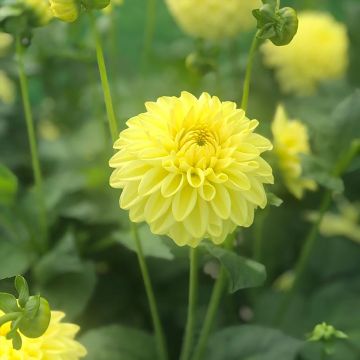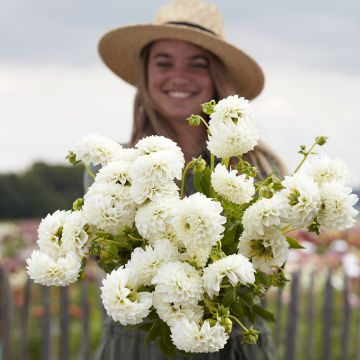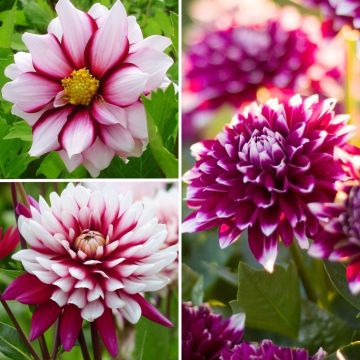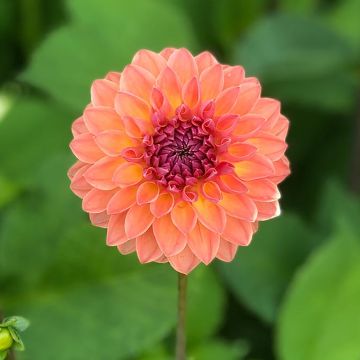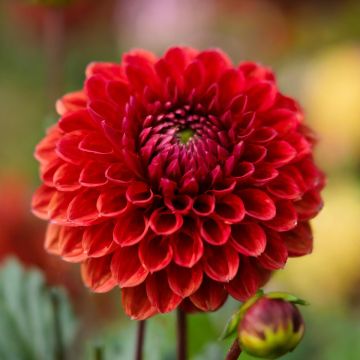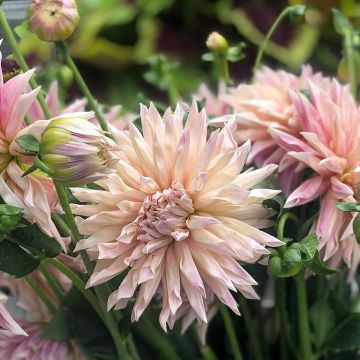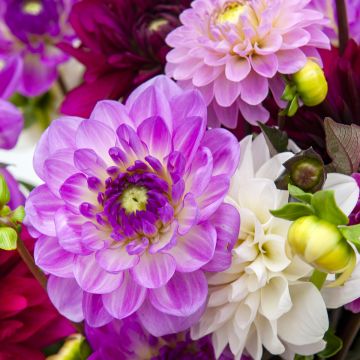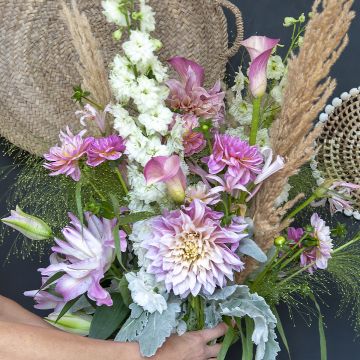
Planting Dahlias
Where, when, and how?
Contents
Planting Dahlias is an excellent way to flower your garden from early summer until the first frosts. These flowers offer an incredible diversity in terms of shapes, sizes, and colours, adapting to all garden styles, from the most natural to the most sophisticated or contemporary. They easily find their place in borders alongside other summer flowerings, such as those of shrub salvias, echinaceas, gladioli, and crocosmias. Discover all our tips for successfully growing dahlias, and learn when, where, and how to plant them, as well as the care they need for abundant flowering!
Before planting: important reminder about the size and quality of tubercles
Before planting, assess the quality of your tubercles!
Many gardeners are surprised, upon receiving their orders of dahlias, by the size of certain varieties. They often worry about not receiving a huge tubercle when it comes to a giant dahlia or one with very large flowers. However, this is perfectly normal, as with dahlias, the size of the tubercle is not a reliable indicator of quality, as it varies greatly depending on the varieties. Be aware that a large tubercle does not necessarily produce large flowers and vice versa!
The quality of a dahlia tubercle is mainly assessed by:
- its firmness: the root should neither be wilted nor rotten.
- The appearance of the area that separates the tubercles and the collar, where the buds are located: it should not be broken.
Finally, it sometimes happens that certain parts of the dahlia’s tuberous root (the “potatoes”) are damaged or partially detached. This is not very serious, but it is important to cleanly cut them off before planting, as they could rot and contaminate the entire root system.
Read also
Comment to grow beautiful dahliasWhere to plant Dahlias?
Planting Dahlias is straightforward, provided you respect their nature: they are plants that love heat and sun as long as moisture is not lacking during the growing season. Ensure they have well-drained soil where water does not stagnate, especially in spring and autumn. Dahlias prefer light soils that remain cool and sufficiently moist with a good mulch during the growing season. Stagnant moisture, on the other hand, would encourage the rotting of tubercles.
While they can thrive in any soil that is not too acidic or calcareous, they will flourish in good fertile garden soil, rich in humus, fresh and well-drained, preferably with a neutral tendency. The dahlia is a greedy plant: to bloom well and gain vigour, it needs a good base fertilisation. If you have any doubts about the nutritional qualities of the soil, add a good manure (compost or manure) in autumn. Large dahlias do not withstand strong winds or heavy rain well. A too windy situation could dry out the foliage and especially cause the stems to bend. It is better to reserve a sheltered spot from prevailing winds for them. For tall dahlias, staking may be essential to support the heads and prevent the stems from breaking at the slightest gust of wind, especially if they are planted in isolation. To prevent the flower stems of dahlias from collapsing in the middle of a bed, it is also advisable to plant them with other plants and bushes, which they can lean on.
When planting, allow them space in your bed composition that suits their size. Ensure that each plant remains easily accessible for fertilisation, staking, pinching, and wintering.
While they fit into all garden settings as well as in the vegetable garden, dahlias truly shine in the role of medium or background plants in beds, bringing a vibrant splash of colour. Dwarf varieties are more suited to sunny flowerbeds, border paths, or pot cultivation on a sunny terrace or balcony.
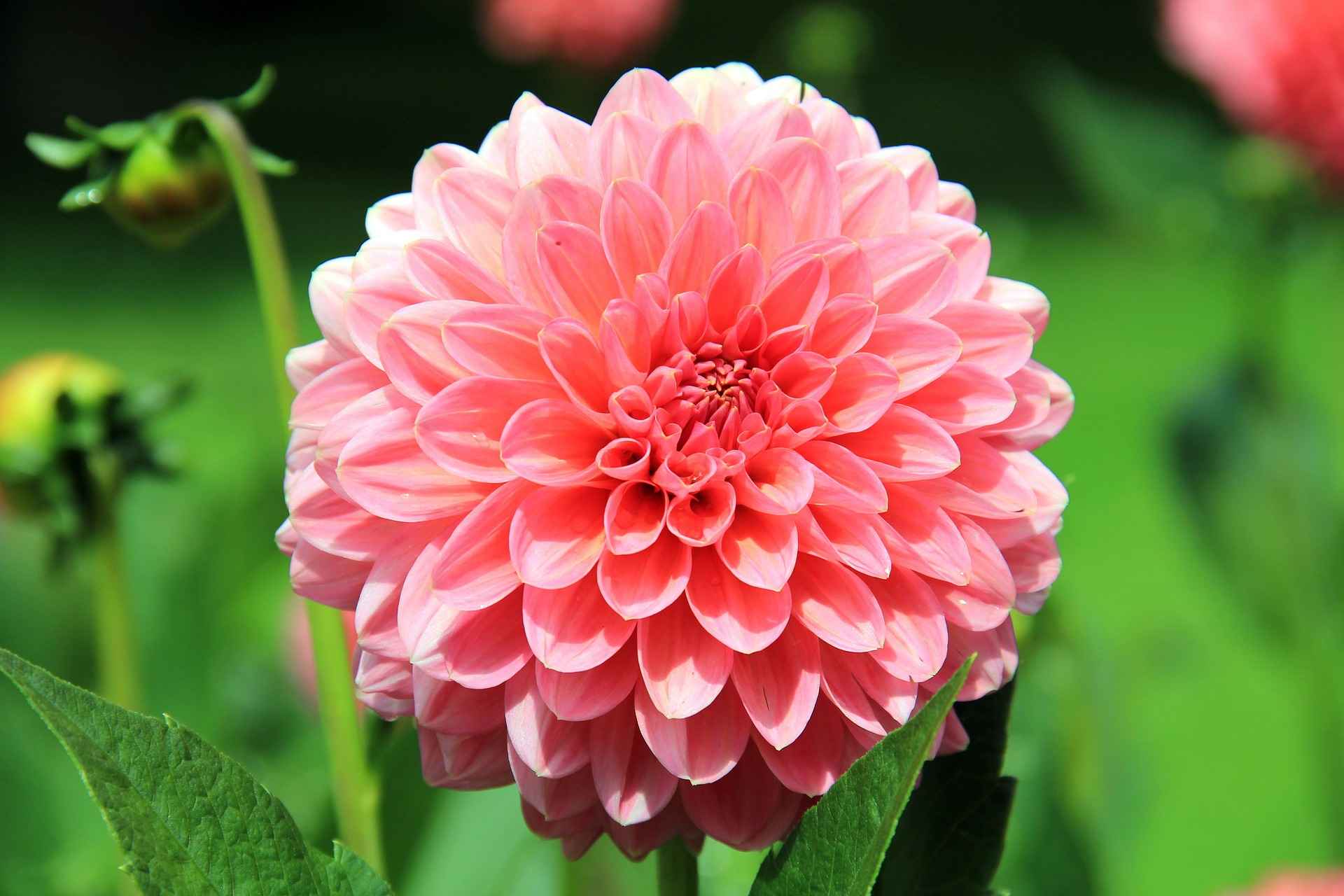
Discover other Dahlias
View all →Available in 1 sizes
Available in 1 sizes
Available in 0 sizes
Available in 1 sizes
Available in 1 sizes
Available in 1 sizes
Available in 0 sizes
Available in 0 sizes
Available in 1 sizes
Available in 1 sizes
When to plant dahlia tubercles?
In cold regions, plant them in late April or early May after the last frosts. Packaged in pouches, your Dahlias can wait in their packaging until the right planting time. Just store them away from frost.
Pre-vegetation
To gain several weeks of flowering, if you have a greenhouse, conservatory, or cold frame, put your dahlias into vegetation: plant them in trays of moist compost, covered with soil, and they will start to root and produce shoots. You can transplant the clumps that are already in vegetation in May.
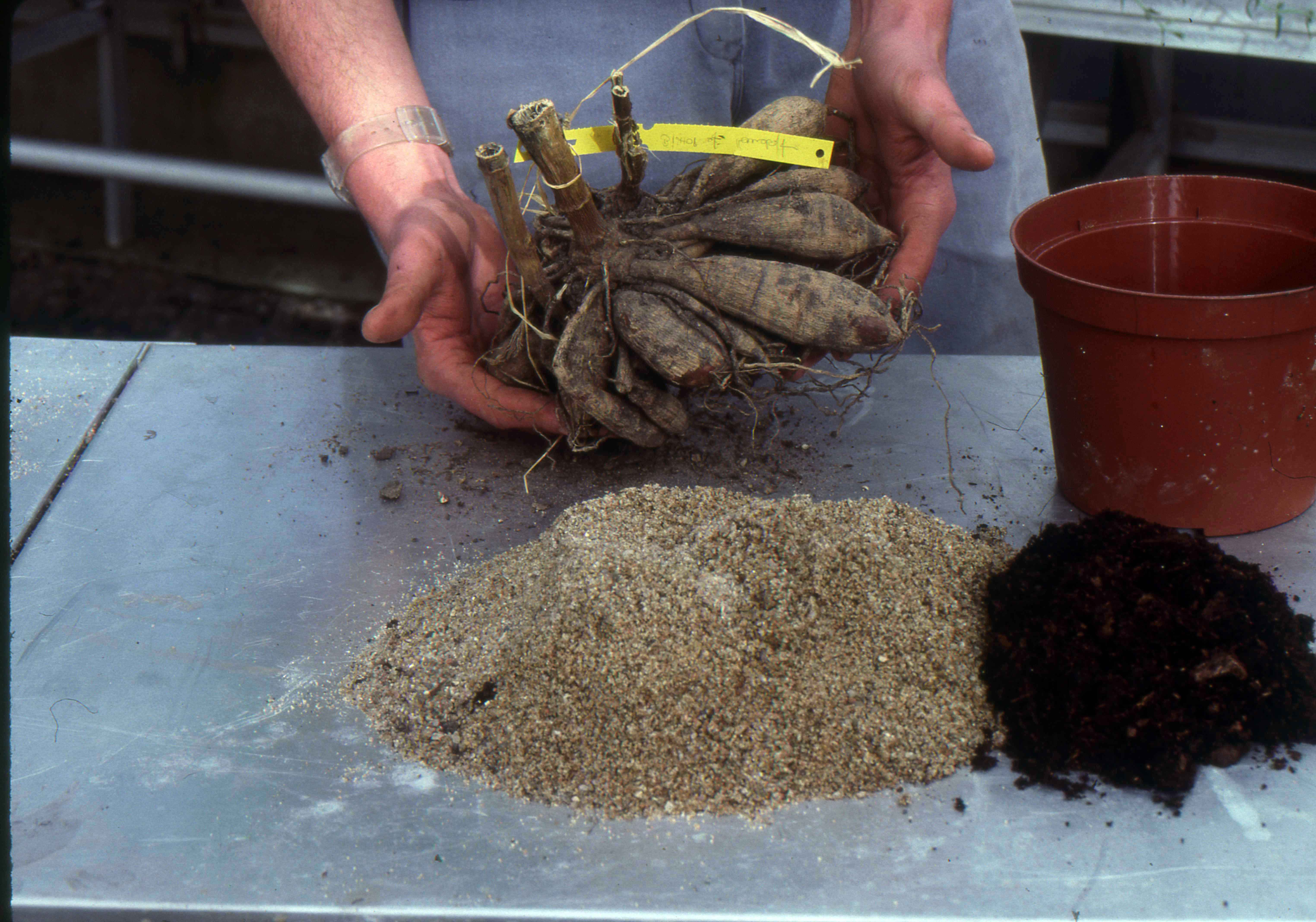 A pre-vegetation process to gain several weeks of flowering</caption]
A pre-vegetation process to gain several weeks of flowering</caption]
Read also
Dividing dahliasHow to plant Dahlias?
- Work the soil to a depth and width of about 20 cm, mixing in a handful of roasted horn or dehydrated blood into your well-crumbled soil
- Pour 1 litre of water into the bottom of the planting hole, position your dahlia, and cover it with 8 cm of soil
- Place your stakes at the same time to avoid damaging the tubercles
- Space tall dahlias 80 to 100 cm apart, and low varieties 30 to 50 cm apart
- Mulch the soil once the plants are established
- Protect tender shoots from slugs
- Remove faded flowers. You can pinch the main stem to ramify the dahlia and remove side buds to achieve larger flowers
Note: Low varieties are excellent plants for growing in large pots on terraces and balconies; just provide them with good potting soil and water very regularly with a good fertiliser.
 Planting dahlias is simple, as long as they are placed in the right conditions[/caption>
Planting dahlias is simple, as long as they are placed in the right conditions[/caption>
Should dahlias be dug up for winter?
Winter too, Dahlia needs attention and this is where it will require a bit more work. Extremely frost-sensitive, it fears frost. In regions with harsh winters where the thermometer regularly drops below -5 °C, lifting is obligatory if you want to ensure its survival. In regions with mild winters where frosts are light and infrequent, and in well-draining sandy soil, the tubercles can remain in place for the winter simply protected by a good mulch of dry leaves or straw. Lifting allows for the division of the tubercles, potting for earlier flowering, but also protects them from slugs in spring.
- Before the frosts, as soon as the foliage is blackened by frost, cut the stems to 15 cm above the ground with a pruning shear
- Gently dig up the tubercles: you will see, they have doubled in size!
- Remove as much soil as possible from between the tubercles
- Label each stump at the base of the stem so you can easily recognise the plants in spring
- Wipe the bulbs well to remove moisture
- Place the bulbs on a layer of turf, dry sand, or dry leaves in a cardboard box or a deep crate
- Cover the tubercles with another layer of turf or dry leaves at least 30 cm thick
- Store them away from light, draughts, rodents, and… especially frost in a dry, cool, well-ventilated, and dark place where the temperature should not exceed 8 °-10° (dry cellar, garage, or frost-free attic). In these perfect conditions, dahlias keep very well, with almost no risk of loss
- Regularly check the condition of the plants to detect diseases
- At the beginning of spring, you can either put them back into pre-vegetation or plant them directly in the ground later
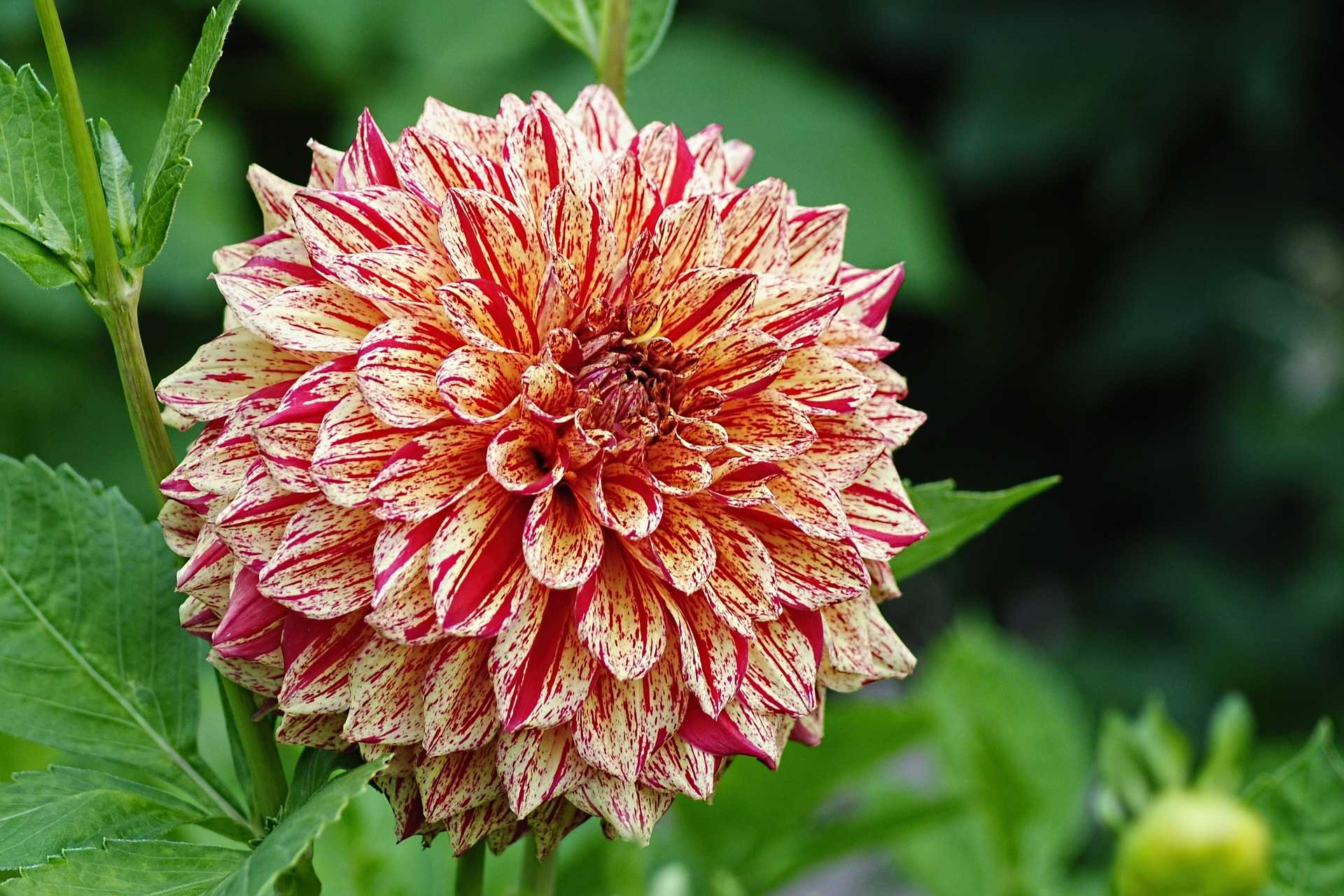
- Subscribe!
- Contents































